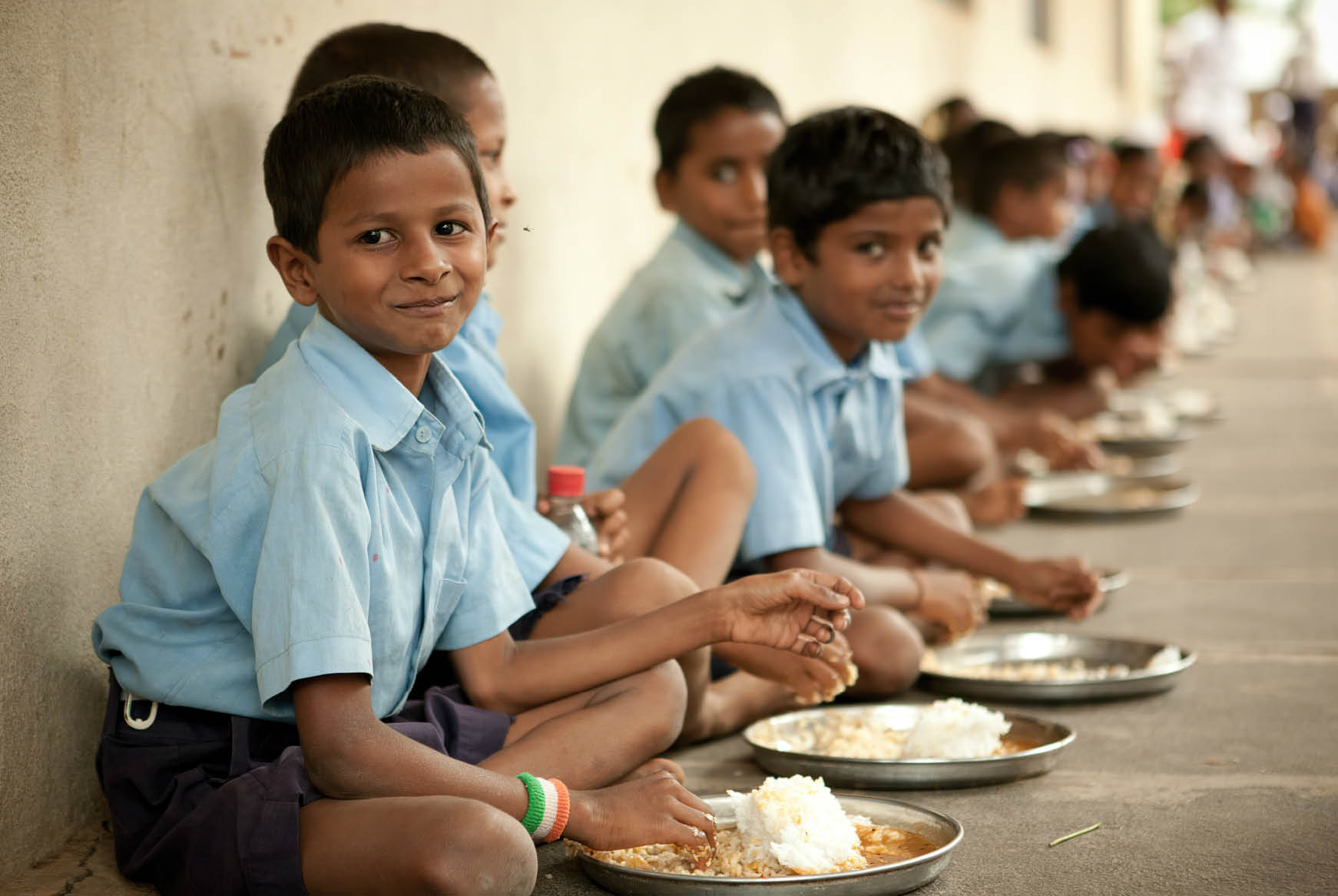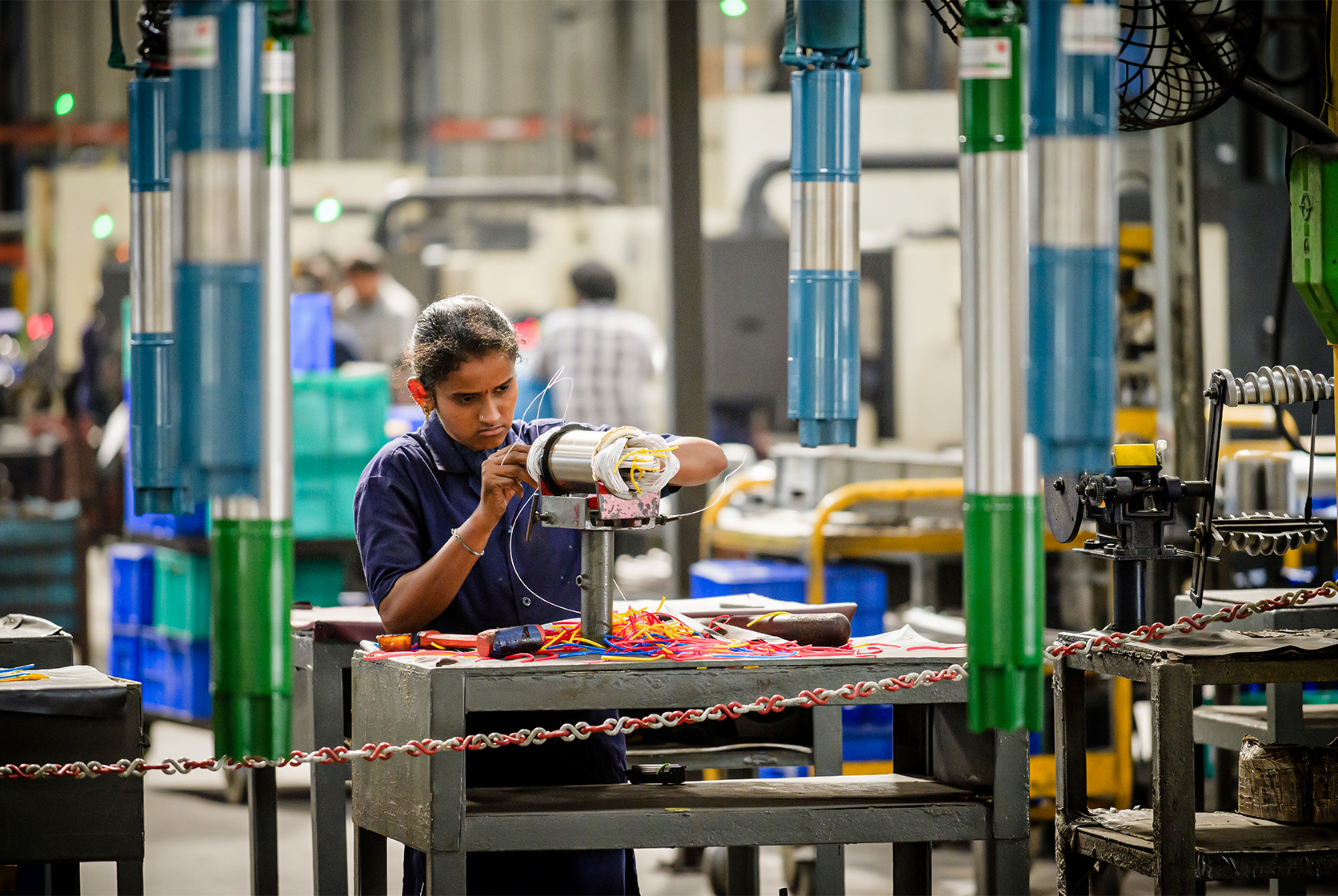Food Security and Agriculture
According to The World Bank, food security is the state when all people, at all times, have physical and economic access to sufficient safe and nutritious food that meets their dietary needs and food preferences for an active and healthy life. This definition rests on four pillars:
-
The supply of food that includes production, stocks etc
-
Income levels of consumers or the economic access they have to the supply of food
-
Nutrition levels in the food and
-
Steadiness or stability of the above three aspects – availability, affordability, and accessibility
It is therefore important for every nation to dwell on and sustain good agricultural practises to ensure food security.
Agricultural land
Land use patterns is one of the main factors that decide food security. Typically, agricultural land use & productivity must deal with factors and challenges such as:
-
Soil health
-
Land management practices
-
Land conversion: agricultural land being used for purposes such as residences, or factories etc
-
Dietary changes
-
Climate change
-
Government policies and support too
India comes in at a rank of 68 as per the Global Food Security Index. This index considers factors such as agricultural infrastructure, agricultural import tariffs, nutritional standards, stability of agricultural production, supply, financial support for farmers, and public expenditure on R & D for agriculture among other factors.

Improving food security
Broadly speaking, agriculture can be made even more ‘productive’ when it comes to food security by implementing a multifunctional approach. Some of the main elements of such an approach are:
-
Supporting local produce and cultivation practices
-
Improving nutrition levels in local fields and crops
-
Reducing food wastage in the process – from sowing, harvesting, to supply chain management
-
Reducing our carbon footprint and so on
India and food security
Factors such as population growth, supply chain disruptions, disparities in income levels, low accessibility, and climate change have played their role in food security in India. The Public Distribution System (PDS), Targeted PDS, and the 2013 National Food Security Act (NFSA) are working at multiple levels to address these concerns.
The above programs have been vital in making India a self-sufficient food producing country in the last three decades. For instance, the NFSA has placed emphasis on the accessibility and affordability angles of food security by issuing 237 million ration cards and 543,562 fair price shops. The PDS has helped 813 million people with household rations at a subsidy.
One of the most recent challenges to food security in India has been the Covid pandemic. But India seems to be doing a lot of things right because the agriculture sector has shown an annual growth rate of 4.6% over the last six years. The food management system in this country has resulted in sufficient stocks of food as well.
The future holds some useful and interesting prospects when it comes to agriculture and food security. Whether it is a renewed emphasis on millets, improving soil health, rise in women led farmer producer organisations, and the advent & growth of digitisation and technology in agriculture –they are sure to change the way the nation works towards greater food security.



